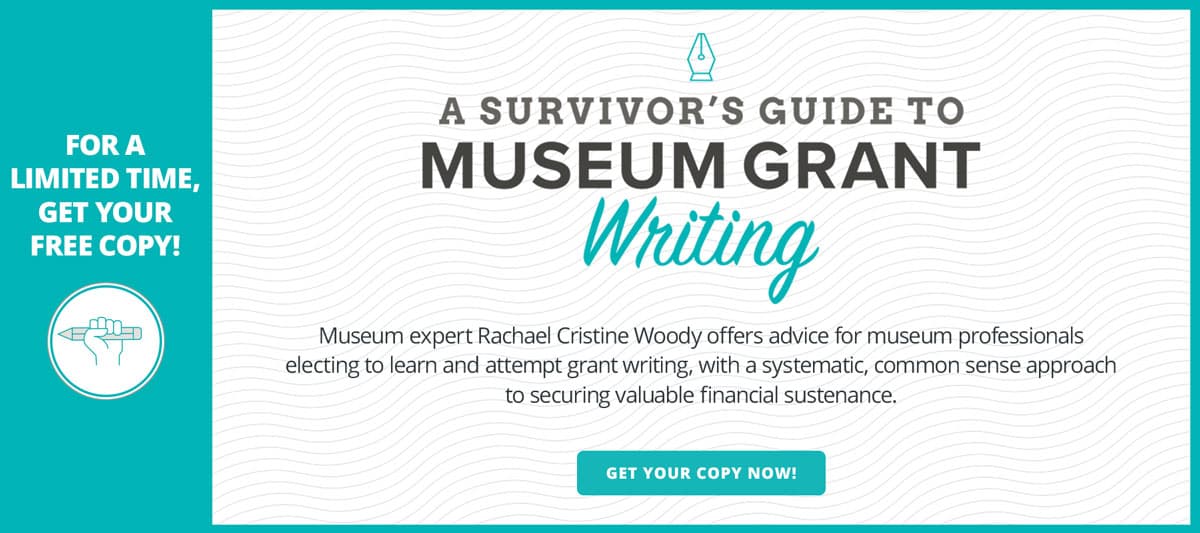Responsible Practices for Working with Communities and Collections

Rachael Cristine Woody
Almost every museum possesses objects that were created by an ethnographic community. These communities can be identified as having “mutual differences” such as: ethnicity, race, gender identification, sexual orientation, geographic, or otherwise identifiable cultural markers that merit community distinction.
Typically, these communities have been underserved, underrepresented and, in many cases, treated unfairly by legal and societal practices. As such, to further goals of museum diversity, equity, accessibility, and inclusion the museum has an ethical responsibility to care for those objects with the permission and input of the respective community. Communities with objects owned, managed, and displayed at a museum are in turn museum stakeholders. As with any museum stakeholder, it’s important the museum engage with them early and often in relevant museum work.
Traditionally museums have not regularly engaged in the practice of involving “outside the museum” communities when working on museum projects or exhibits. Over the last several years Diversity, Equity, Accessibility, and Inclusion (DEAI) practices have emerged in conjunction with museum professionals and associations increasingly calling for museums to decolonize. Essentially, a community that is “outside the museum” should be invited into the museum as an equal participant with equal authority.
As engaging with communities is a fairly new practice for many museums, I’ve devised the following 6 work areas with strategies for how museums committed to diversity, equity, accessibility, and inclusion can respectfully and responsibly engage with community stakeholders:
Approach
- Speak with community leaders about a possible museum partnership
- Share the museum’s ideas for the collection and listen to theirs
- Ask the community for permission to show up and be in their community space
- Show up and contribute in respectful ways and without (only) seeking a benefit to the museum
- Cultivate a respectful relationship with all community members
Advocate
- Speak up for the community when appropriate and in spaces they may not have access to; such as museum staff meetings
- Grant the community representatives’ access to the museum spaces they want and need to be in; such as exhibit planning meetings
- Pass the metaphorical microphone so that community representatives can speak for themselves on matters concerning them and the related museum collection
- Advocate for resources to support the community in their desired work and not just the work with your museum
Communication
- Communicate with community members clearly, concisely, and in approachable language (leave out museum lingo and acronyms)
- Communicate via the community’s preferred medium; sometimes group emails are not the way to go for effective and respectful communication
- Communicate information the community needs to know to make decisions related to the museum work
Decisions
- The community must have the authority to make project decisions concerning the related collection
- Advocate that the community be involved in decision-making from the beginning
- Work to make sure the community has and understands the information they need to make the best decisions for themselves
Operation
- Set up an orientation meeting where the project and respective member roles can be discussed
- Make sure the project timeline, responsibilities, tasks, and deliverables are clearly laid out and mutually agreed to
- Continue to keep the community involved throughout the duration of the project or exhibit
- Be flexible and adaptive to the community’s needs as they may change throughout the course of the project or exhibit
End Result
The community group needs to have literal ownership of the end product. If the museum exhibit or project uses community objects, thoughts, descriptions, etc., the community then also owns a part of the collaborative outcome. Have discussions with the museum administration and the community on how ownership can be communicated, demonstrated, and respected.
Conclusion
In the end this is all about relationships and as with any relationship, it’s one that should be tended to regularly. Don’t cut community contact off after the project or exhibit is over. Demonstrate your commitment to museum diversity, equity, accessibility, and inclusion by continuing to engage with the community and support to the furthest extent possible work that is important to them.

Rachael Cristine Woody
As a consultant, Rachael Cristine Woody advises on museum grant writing strategies and collections management for a wide variety of clients. Read more of Rachael’s posts on museum strategies for success. Learn about Lucidea’s Argus solution for museum collections management and digitization.
Similar Posts
Museum Collections Online with Accessibility Principle 2: Operable
Compliance with WCAG Version 2.1 Principle 2: Operable
Museum Collections Online with Accessibility Principle 1: Perceivable
Compliance with WCAG Version 2.1 Principle 1: Perceivable, affecting information published from museum CMS to an online portal; expert guidance
Accessibility Standards for Museum Collections Online
A museum’s compliance with the ADA Title II 2024 update has benefits for its online content and for the museum’s community of users.
Museum TrendsWatch 2024: Digital Twins and Doom Loops & Combatting the Loneliness Crisis
Digital Twins is the construction of a digital surrogate for a person, place, or thing—one of several new concepts and trends in the museum sector.





Leave a Comment
Comments are reviewed and must adhere to our comments policy.
0 Comments